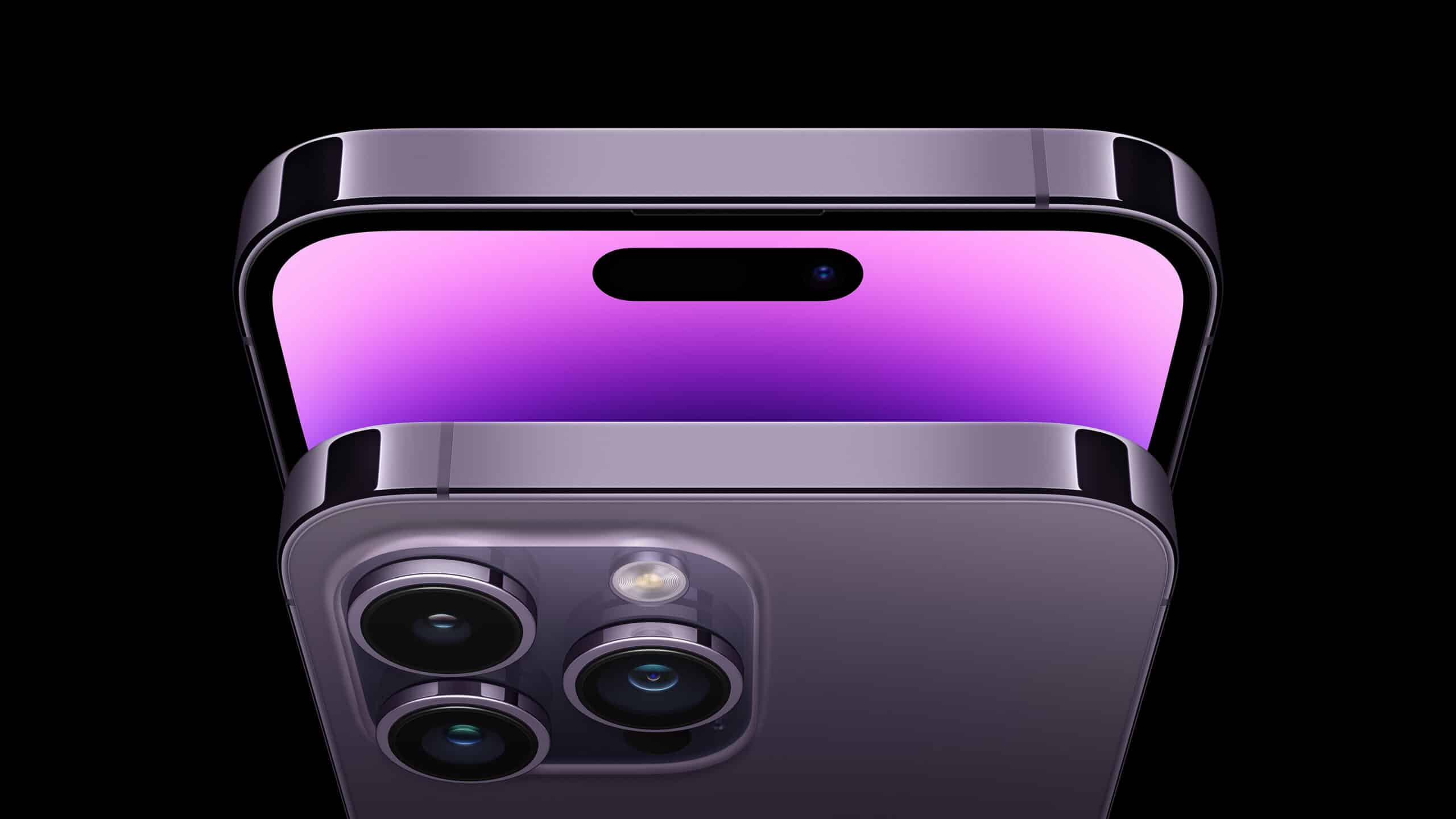
The European Union voted in favor of a new directive that mandates electronics manufacturers selling products in Europe to transition to USB-C connectors for charging and data transfer across all portable devices by the end of 2024—and it is a world-first moment.
Until now, Apple has remained silent on the mandate, which would require iPhones sold in the EU to replace Apple’s proprietary Lightning port for charging and data transfer with a USB-C port. However, this week during a live interview with the Wall Street Journal, Apple confirmed that it will adhere to the mandate.
What is the purpose of the USB-C mandate?
The new legislation aims to empower consumers to make more environmentally sustainable choices and ultimately reduce e-waste.
This comes by establishing USB-C connectors and ports as the standard for all portable devices, enabling consumers to use one single charger for all of their devices including smartphones, tablets, and headphones. Additionally, people will have the choice to purchase a new device with or without a charger, reducing the size of junk drawers across Europe.
According to the European Parliament press release, “These new obligations will lead to more re-use of chargers and will help consumers save up to 250 million euro a year on unnecessary charger purchases. Disposed of and unused chargers account for about 11,000 tonnes of e-waste annually in the EU.”
Besides being good for the environment, the new directives encourage freedom of choice for consumers by reducing the “lock-in effect,” which occurs when users become dependent upon a manufacturer due to proprietary charging methods.
Is Apple on board?
So far, Apple has held on tightly to the Lightning port on iPhone products, but has taken steps to adopt USB-C connectors into other products starting with the iPad Air in 2020. Since then, all new iPad models have adopted USB-C and recently apple introduced a new version of its Apple TV remote that ditched its Lightning port in favor of the more ubiquitous USB-C port as well. Plus, all Mac products feature Thunderbolt ports, which use the same USB-C connector technology.
“We’ll have to comply,” stated Greg Joswiak, Apple’s vice president of worldwide marketing. He spoke at the Wall Street Journal’s Tech Live Event and said he respects the EU’s decision to standardize charging methods and devices.
It means that any iPhones, iPads, Airpods, MagSafe chargers, and other accessories sold beyond 2024 with a charging port must have offer USB-C charging . Devices that are too small to house a USB-C, such as watches, would be exempt.
What about iPhones in the U.S.?
The EU mandate strictly regulates products sold in Europe and has no bearing on sales in America or elsewhere. Apple could comply with these new standards in the EU only, and keep manufacturing products for the rest of the world with the Lighting connector.
The U.S. is asking for similar standards to be implemented, so it might be wise for Apple to make the shift worldwide. Having more than one charging method associated with their devices will lead to additional production and distribution costs, plus confusion for international travelers and shoppers.
Or, Apple might circumvent the mandate by ditching Lightning and USB-C altogether on its future iPhones and dive head first into wireless charging—a change we see in the future of portable smart devices anyhow. The re-introduction of the MagSafe wireless charger is one clue that Apple is moving in that direction.
Thunderbolt for iPhone?
But beyond reducing the complexity of multiple types of charging cables, if Apple embraces the USB-C standard of connectivity, it would make transferring data between the iPhone and other devices a much better experience.
One would hope that if the iPhone does in fact make the switch to the USB-C port, Apple would also include Thunderbolt capability in that port as well as it has done on the iPad Pro models. The iPhone’s camera capabilities and usefulness to pro photographers and filmmakers have grown tremendously in recent years and Thunderbolt support would allow for much faster transfer of large files such as RAW images and ProRes footage from the iPhone than the current Lightning connector.
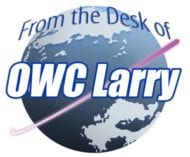
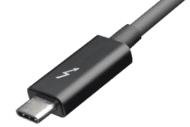


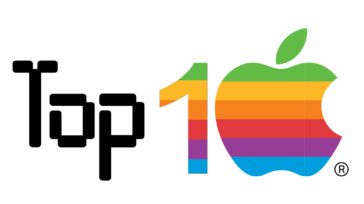

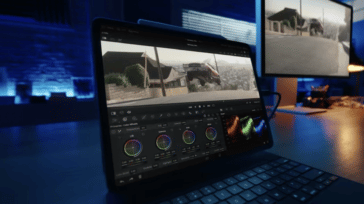
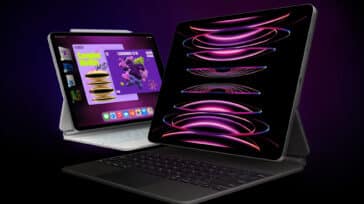


This is the EC going too far by setting standards. No government has a good track record in developing hardware interfaces, let alone our friends in Brussels. This is purely political and the EC taking one more jab at US tech giants.
As a UK resident with an iPhone and iPad and Mac with Apple mouse, keyboard and pencil all using lightning and suitable cables at home, in the car and in the office this law is defiantly going to make things worse as it will for most Apple centred households. Thanks EC for nothing.
Actually, Apple has been dragging it’s feet on USB-C for more than 4 years. My 2018 11″ iPad Pro included USB-C. It makes life so much easier not needing to have dongles for working with and transferring files to and from USB SSD drives. I’ll upgrade my iPhone XS when USB-C becomes standard on iPhones.
Christopher, I also like USB–C. What I object to is government, rather than industry deciding electronic designs. Tim Cook has publicly agreed with this. Sadly, there’s a good chance that the next iPhone will have NO connectors at all. This means that my brand new 2023 vehicle will not be able to use Apple CarPlay because it requires a corded connection.
I agree with you Bob about government designing electronics, but this is just an existing industry standard that is being adopted by govt. There are problems with it possibly stifling innovation however. Overall though, I would like industry to work together to reduce, reuse and recycle. I hope Apple doesn’t decide to ditch cables though because USB-C is faster than Wi-Fi for data transfer and more efficient than wireless charging.
Yes, government always knows best when it comes to electronic designs.